urethane casting services
Our ISO 9001 Certified deliver grade quality with every batch
We are the polyurethane material experts in your product development
• Parts as fast as 10 days
• 100% inspection for every part
• Making for rapid prototyping and production of parts
All uploads are secure and confidential.
Urethane Casting Process
We can provide you with information about urethane casting services. Urethane casting is a manufacturing process that involves creating parts and components using polyurethane materials. This process is commonly used for producing prototypes, low-volume production parts, and replacement components.
Available Finishes for Urethane Casted Parts:
Urethane casting Matte/Frosted
Semi-Gloss
Full Glossy
Custom Texture
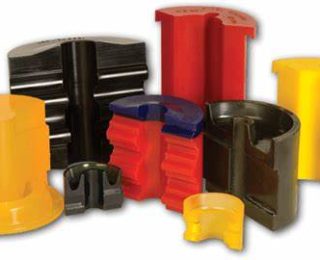
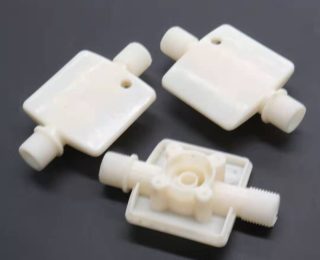
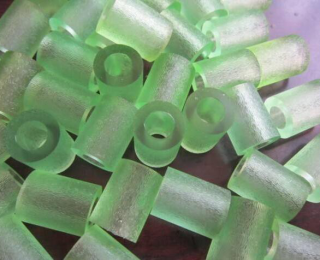
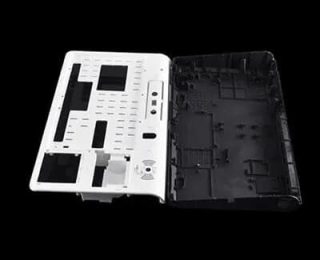
Urethane Casting
Cast Silicone//Silicone is durable, stretchy, tear-resistant, inert, easy to clean, and has a high-temperature resistance. Silicone casting is ideal for medical devices, surgical models, props, soft-touch housings, and more.
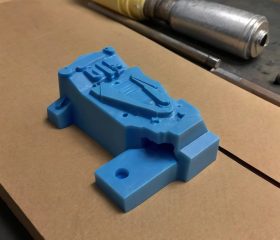
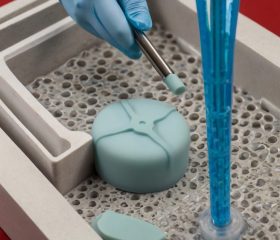
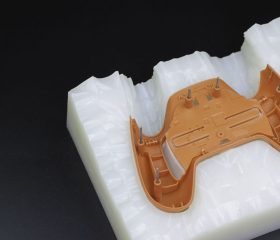
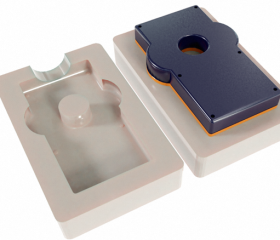
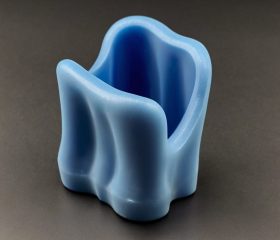
Urethane casting services typically involve the following steps:
Master Pattern Creation: A master pattern of the desired part is created using methods such as 3D printing, CNC machining, or manual modeling.
Mold Making: A silicone mold is created from the master pattern to replicate the part's shape and details.The finished dimensions of urethane cast parts depend on the accuracy of the master model, part geometry, and casting material. In general, a shrinkage rate of + 0.15% is typical.
Material Mixing and Casting: Polyurethane material is mixed and poured into the mold. The material cures and hardens to form the final part.
Part Finishing: After the casting process, the parts may undergo finishing processes such as trimming, sanding, painting, or additional surface treatments.
Urethane casting services are often chosen for their cost-effectiveness, quick turnaround times, and ability to produce high-quality parts with complex geometries.If you are looking for a company that provides urethane casting services,From design to prototype and production, our team of engineers is ready to help bring your idea to life.
Applications of Urethane Casting
Urethane casting is a versatile manufacturing process that finds applications in various industries due to its ability to produce high-quality parts with complex geometries. Some common applications of urethane casting include
Prototyping: Urethane casting is widely used for rapid prototyping to quickly produce functional prototypes for testing and validation purposes before full-scale production.
Low-Volume Production: It is ideal for low-volume production runs where traditional injection molding may not be cost-effective. Urethane casting can efficiently produce small to medium quantities of parts.
Replacement Parts: Urethane casting is often used to create replacement parts for machinery, equipment, or products that are no longer in production or have long lead times for conventional manufacturing methods.
Aerospace and Defense: Urethane casting is utilized in the aerospace and defense industries to manufacture lightweight components, tooling, and fixtures for aircraft, satellites, and military applications.
Automotive: Urethane casting is employed in the automotive sector to produce prototype parts, custom components, interior trim pieces, and functional prototypes for testing.
Medical Devices: The medical industry uses urethane casting to develop prototypes and low-volume production parts for medical devices, surgical instruments, prosthetics, and ergonomic product designs.
Consumer Electronics: Urethane casting is popular in the consumer electronics industry for creating custom enclosures, housings, buttons, and other components for electronic devices.
Industrial Equipment: Urethane casting is utilized in the manufacturing of industrial equipment, machinery components, seals, gaskets, and other specialized parts.
Architectural Models: Urethane casting is used to create architectural models, decorative elements, signage, and scale replicas for design presentations and visualizations.
urethane casting offers flexibility, precision, and cost-effectiveness for producing high-quality parts in a timely manner, making it a preferred choice for a wide range of applications across industries.
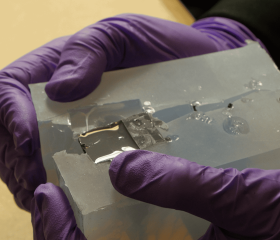
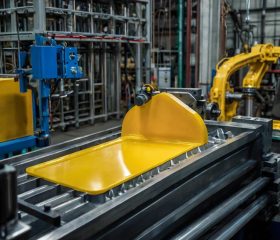
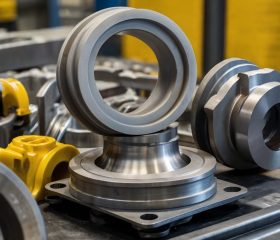
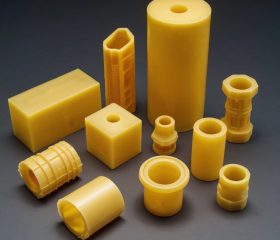
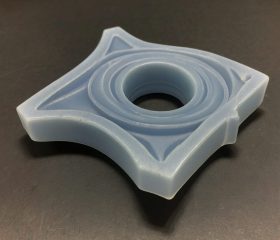
Our Other Manufacturing Capabilities
We Specialize In 3D Printing, CNC Machining, Vacuum Casting, Injection Molding And Sheet Metal Fabrication, Offering A Wide Variety Of Materials And Surface Finishes.
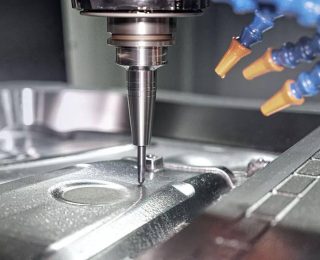
CNC Machining
We have Mill-turn composite machining center, standard 3-axis, continuous 5-axis, 3+2 axis milling machine, drilling and post-processing using more than 50 different metals and plastics, available in more than 15 surface finishes. Tolerances down to ±.0000394" (0.001mm )
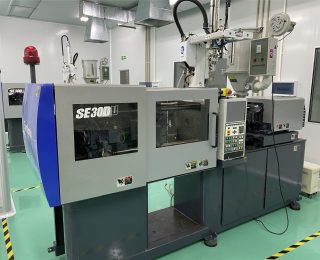
Injection Molding Services
HOFeng can mold any thermoplastic. Cost-effective injection molding services for your custom products and parts. Prototype Tool In Soon As 10 Days Production Tool In As Soon As 2 Weeks, ISO 9001:2015 | Critical to Quality Inspections
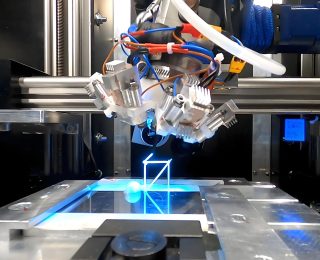
3D Printing Service
HOFeng's 3D Printing Service is your additive manufacturing production center for 30+ materials for any application,3D printing service We Are 3D Printing Expert To Meet Your All Requirements Industrial-Grade.
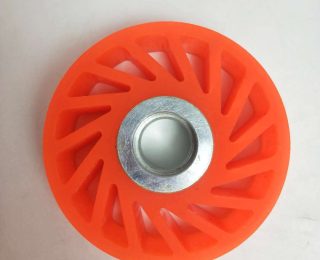
Urethane Casting Services
Making for rapid prototyping and production of parts,Parts as fast as 10 days,100% inspection for every part.Our ISO 9001 Certified deliver grade quality with every batch.We are the polyurethane material experts in your product development
Urethane Casting FAQs
If you have urethane casting ready to commence, we are here to assist you from start to finish. With our extensive range of optional post-processing services and rigorous quality assurance measures implemented by our dedicated QC department, you can rest assured that you will receive products that meet your expectations.
Simply send us your 3D CAD files, and our team will provide you with a free quote. Our experienced model engineers will perform a thorough design for manufacturability (DFM) analysis on your design, ensuring that the final product not only meets your quality standards but also fits within your budget constraints.
How quickly can I get my parts?
Quality parts less than 800pcs can be made in as fast as one week if you provide complete 2D and 3D CAD models. More complex parts requiring other special features will take longer.
What considerations should be made when designing parts for CNC machining?
Designers should consider factors such as tool access, material selection, tolerances, and surface finishes when designing parts for CNC machining.
How long does a CNC machining process typically take?
The duration of a CNC machining process depends on factors such as the complexity of the part, the material being used, and the desired tolerances. It can range from minutes to hours.
how to cast urethane rubber?
Mix Urethane Rubber: Select a two-part urethane rubber material that meets your project requirements in terms of hardness, flexibility, color, and other properties. Follow the manufacturer's instructions to mix the two components in the correct ratio.
Degassing (Optional): To remove air bubbles from the urethane rubber mixture, you can use a vacuum chamber to degas the material. This step helps ensure a smooth, bubble-free casting.
Pouring: Carefully pour the mixed urethane rubber material into the mold. Be sure to pour slowly and evenly to prevent trapping air bubbles in the mixture.
Curing: Allow the urethane rubber to cure and harden according to the manufacturer's instructions. The curing time may vary depending on the specific type of urethane rubber used and environmental conditions such as temperature and humidity.
Demolding: Once the urethane rubber has fully cured, carefully remove the part from the mold. Depending on the complexity of the mold and part design, you may need to use release agents or techniques to facilitate demolding.
Post-processing (Optional): After demolding, you can trim any excess material, clean up the part, and perform any additional post-processing steps such as painting, finishing, or assembly as needed.
Testing and Quality Control: Inspect the cast urethane rubber part for defects, surface imperfections, dimensions, and overall quality. Perform any necessary testing to ensure that the part meets the required specifications and performance criteria.
By following these steps and taking proper precautions, you can successfully cast urethane rubber parts for various applications such as prototypes, industrial components, custom molds, seals, gaskets, and more.
What certifications or industry standards do you adhere to in your CNC machining processes?
HOFeng is ISO 9001 certified, ISO 13485 compliant.
What tolerances can your CNC machines achieve?
Our machines are capable of tolerances as tight as +/- 0.0002 inches.
how much does injection molding cost?
The calculation of injection molding costs involves multiple factors, including product design, raw material costs, labor costs, equipment depreciation, etc.
Product design: Complexity, size, shape and other factors will affect the cost of injection molding. Some complex products may require special molds and processing techniques, and the cost will increase accordingly.
Raw material costs: Different types of plastic raw materials have different prices, and are also affected by factors such as market supply and demand. Raw materials account for a considerable proportion of injection molding costs.
Mold cost: Injection molding requires the use of specially customized molds. The design, manufacturing and maintenance costs of the mold will affect the cost.
Labor cost: Operating the injection molding machine and subsequent processing requires manual participation. Labor cost is a part of the injection molding cost that cannot be ignored.
Energy consumption: Injection molding machines consume a large amount of energy such as electricity and compressed air. Energy costs are also an important part of injection molding costs.
why urethane casting
Urethane casting, also known as polyurethane casting, is a popular manufacturing process used to create high-quality, precise, and durable plastic parts and prototypes. There are several reasons why urethane casting is chosen over other manufacturing methods, such as injection molding or 3D printing:
Cost-effective: Urethane casting is a cost-effective alternative to injection molding for low-volume production runs. It does not require expensive tooling, molds, or setup costs, making it ideal for producing small quantities of parts without the high upfront investment.
Quick turnaround: Urethane casting allows for rapid prototyping and production of parts with shorter lead times compared to traditional manufacturing methods. This makes it a preferred choice for projects that require fast turnaround times.
Precision and accuracy: Urethane casting produces parts with high precision and accuracy, making it suitable for applications that require tight tolerances and intricate details. Parts can be reproduced with consistent quality and dimensional accuracy.
Wide range of materials: Urethane casting offers a variety of material options with different properties, such as flexibility, hardness, and impact resistance. This versatility allows for customization and selection of the most appropriate material for specific project requirements.
Surface finishes: Urethane casting can achieve a wide range of surface finishes, including matte, frosted, glossy, or textured finishes. This allows for customization of the appearance and feel of the parts, enhancing their aesthetic appeal.
Complex geometries: Urethane casting can produce parts with complex geometries, undercuts, thin walls, and intricate features that may be challenging to manufacture using other methods. This versatility makes it suitable for a wide range of applications across various industries.
Low-volume production: Urethane casting is well-suited for low-volume production runs, prototype testing, and bridge production between design iterations. It offers flexibility in scaling production quantities based on demand without the need for large minimum order quantities.
Overall, urethane casting is a versatile, cost-effective, and efficient manufacturing process that offers numerous advantages for creating plastic parts and prototypes with high quality, precision, and customization options. It is widely used in industries such as automotive, aerospace, medical devices, consumer electronics, and more for producing functional prototypes, end-use parts, and components.
